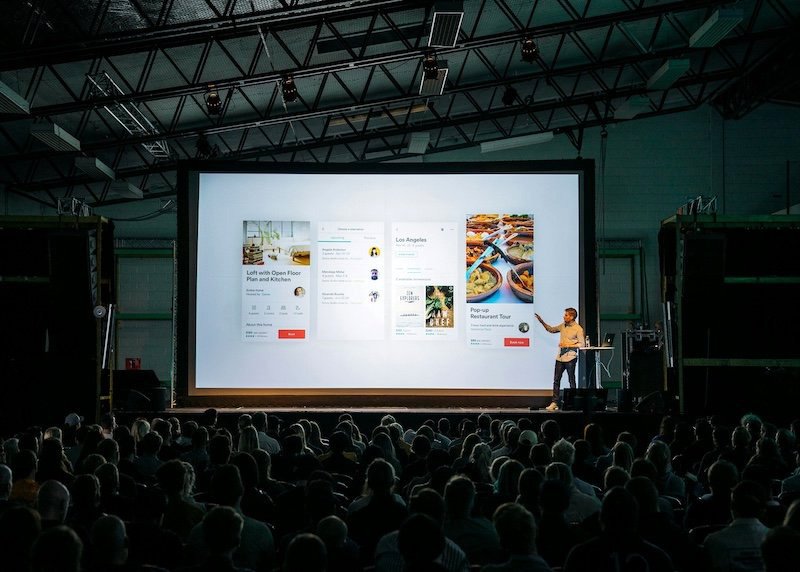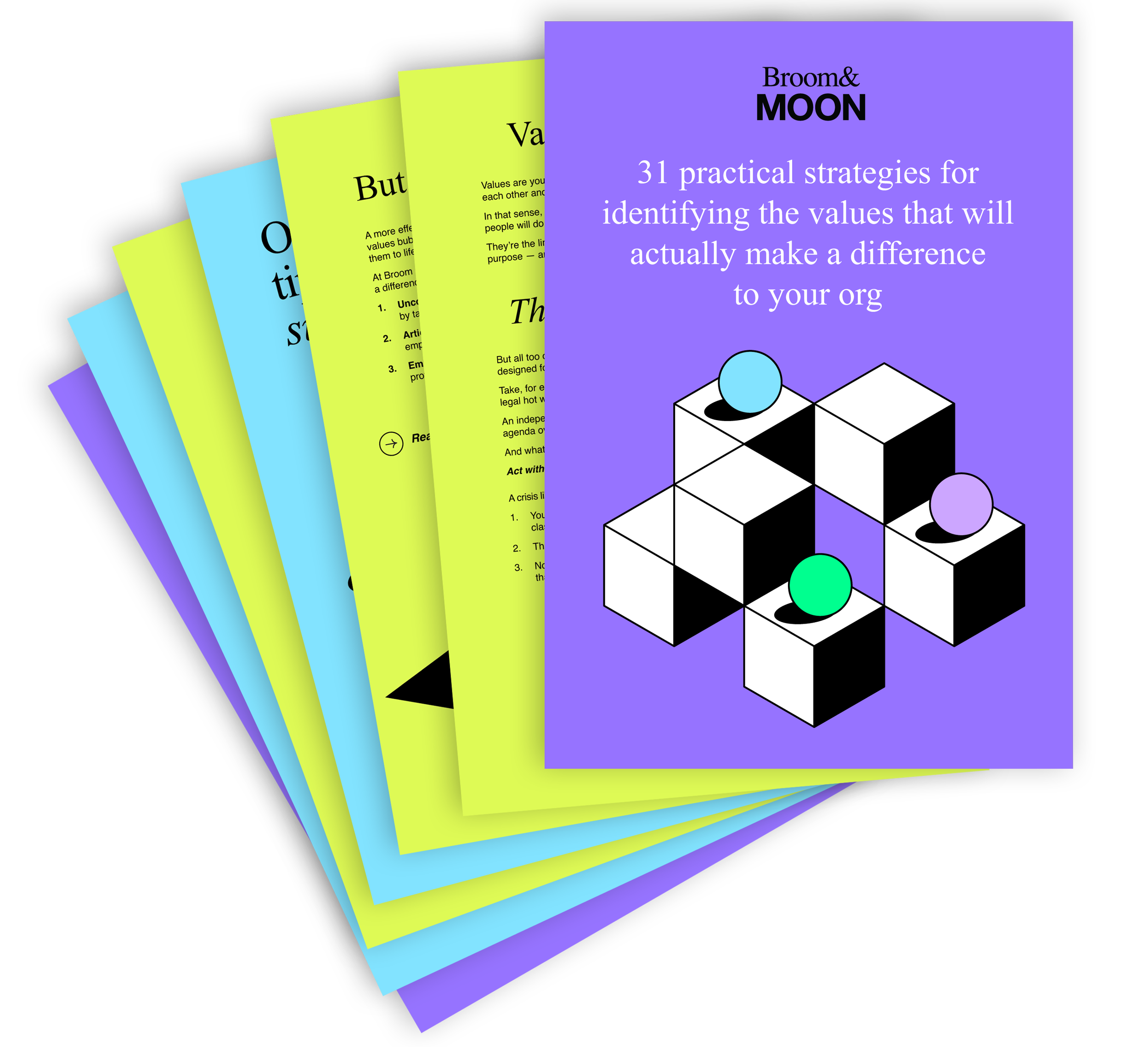One deck is not enough!
We’ve all been there. Sat through a presentation that makes the eyes bleed.
The walls of 10pt text…
The barrage of data on every slide…
The author who confuses elaborate flow charts with clarity of expression…
We all recognise these tactics as ineffective when we see them.
And yet, when we sit down to prepare a preso of our own, it’s so hard to leave stuff out, isn’t it?
Hard not to think that more is more persuasive.
The solution? Don’t confuse your “leave-behind” with your live presentation.
They’re two different documents, serving different purposes. And your target will experience them in completely different ways. So never try to make one document do the work of both.
The leave-behind
The leave-behind is a deck they’ll read at their leisure without you there to elaborate or explain.
So throw in as much data (but no more) as they’ll need if they’re to be persuaded of your case for investment or a sale. Use the text to anticipate and answer any questions they’d be asking if you were there in front of them.
The live presentation
The deck for your live presentation? Take that leave-behind and strip it right back. And we mean really right back — as in this example from Airbnb.
The more text you have on screen, the more your audience will be reading your slides, rather than listening to your story.
So stick to the highlights — and make liberal use of the animations feature so you’re in charge of how your audience experiences your pitch.
The send-ahead
It’s handy, too, to have a third deck that’s somewhere between your leave-behind and the live preso. This would be a high-level teaser that grabs your target’s attention, with just enough background to prompt them to initiate a conversation.
Yes, producing three different decks to achieve the same objective is a bit of extra work. But think of how you’ll feel when they win you that pitch.
For help with your next investor deck or sales pitch, get in touch.


